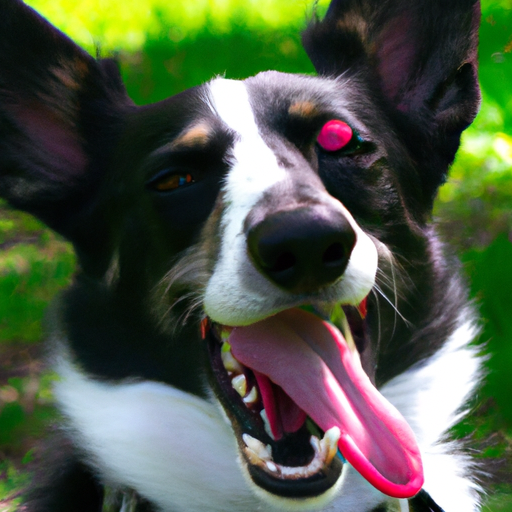What Happens When Your Fur Friend Gets Stung by a Bee
From time to time, your curiosity-driven canine companion may find themselves on the receiving end of a bee sting. You, as their caretaker, are left with the task of soothing their pain, calming their fears, and ensuring there’s no severe allergic reaction.
- The Initial Sting: The first sign your dog has been stung is typically a yelp of surprise and pain. They may also paw at their face or other affected areas.
- Swelling: A bee sting will often cause localised swelling, which can be quite significant if the sting occurred on a sensitive area.
- Behavioural Changes: Your dog may become anxious or overly lethargic due to the discomfort.
How to Respond to a Bee Sting
At this point, your dog is likely in distress and looking to you for comfort and care. Here’s what you can do:
- Remain Calm: Your dog will sense your anxiety, which could elevate their own.
- Remove the Stinger: If you can see the stinger, use a credit card or flat object to scrape it out gently.
- Apply a Cold Compress: This can help reduce swelling and alleviate pain.
- Monitor Your Dog: Watch for signs of allergic reaction like difficulty breathing, vomiting, or extreme lethargy.
When to Seek Veterinary Care
While most bee stings can be handled at home, certain situations necessitate immediate veterinary care.
- Multiple Stings: Multiple bee stings can cause toxic reactions and require professional treatment.
- Sting in the Mouth or Throat: This can cause swelling that may obstruct the airway.
- Signs of Allergic Reaction: Difficulty breathing, excessive drooling, vomiting, or collapse are all serious signs that require immediate veterinary attention.
| Symptoms | Action |
|---|---|
| Single Sting | Home Care |
| Multiple Stings | Veterinary Care |
| Sting in Mouth/Throat | Veterinary Care |
| Allergic Reaction | Veterinary Care |
Preventing Future Bee Stings
While it’s impossible to entirely prevent bee stings, there are steps you can take to reduce the likelihood of another painful encounter.
- Avoid areas known for bee activity.
- Keep your dog on a leash during walks.
- Train your dog to avoid chasing or snapping at insects.
FAQ About Dogs and Bee Stings
Q: Can a bee sting kill a dog?
A: While rare, severe allergic reactions can be life-threatening. If your dog exhibits serious symptoms, seek veterinary care immediately.
Q: How long does a bee sting last on a dog?
A: Most symptoms subside within 24 hours. If swelling or discomfort persists, contact your vet.
Q: Can I give my dog Benadryl for a bee sting?
A: Yes, but always consult with a veterinarian for proper dosing instructions.
Remember, as the caregiver for your furry friend, it’s your responsibility to keep them safe and healthy. Understanding how to prevent and respond to bee stings is part of that responsibility. With your love and care, your dog can bounce back from a bee sting and continue their adventure-filled life.



